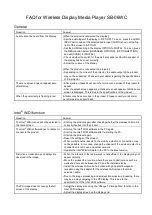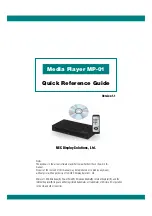
Preparing for Use
R&S
®
ZVA-Z90E / -Z110E
12
Getting Started 1307.7197.62 ─ 08
2.4.2
Setting Up the Converter
The frequency converter is designed for use under laboratory conditions. The general
ambient conditions required at the operating site are as follows:
●
The ambient temperature must be in the ranges specified for operation and for
compliance with specifications (see data sheet).
●
All ventilation openings must be unobstructed.
Risk of instrument and DUT damage
To avoid damage of electronic components of the DUT and the frequency converter,
the operating site must be protected against electrostatic discharge (ESD).
To prevent ESD damage, use the wrist strap and grounding cord supplied with the net-
work analyzer and connect yourself to the GND connector at the front panel of the ana-
lyzer. For details, refer to the Getting Started guide of your analyzer.
2.4.3
Adjusting the Feet of the Instrument
For benchtop operation, the converter can be used with three or four feet attached to
the bottom side. Preferably use three feet: two in the front and one in the middle of the
rear. Usually, a suitable start setup for instrument alignment is as follows: Screw the
front feet into the instrument as far as possible and use the rear foot to align the instru-
ment parallel to the surface of the bench top. When you mount a DUT to two instru-
ments (see
Chapter 2.4.9, "Mounting a DUT"
on page 17), use the feet for further
alignment.
Figure 2-5: Setup with three feet (left) and four feet (right)
Putting the Converter into Operation
















































